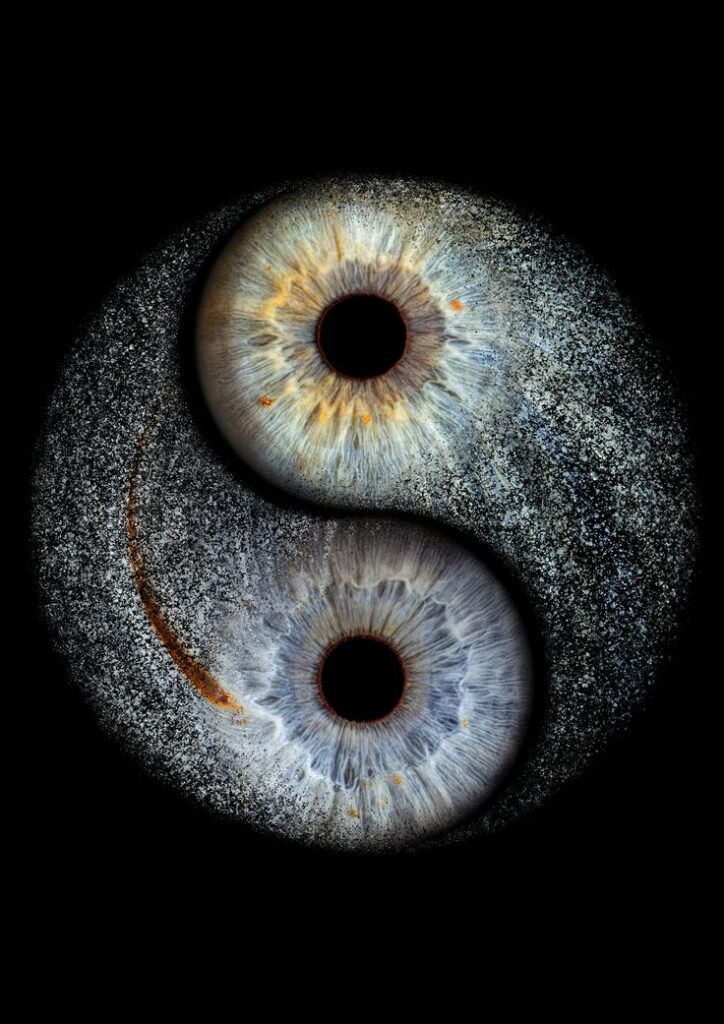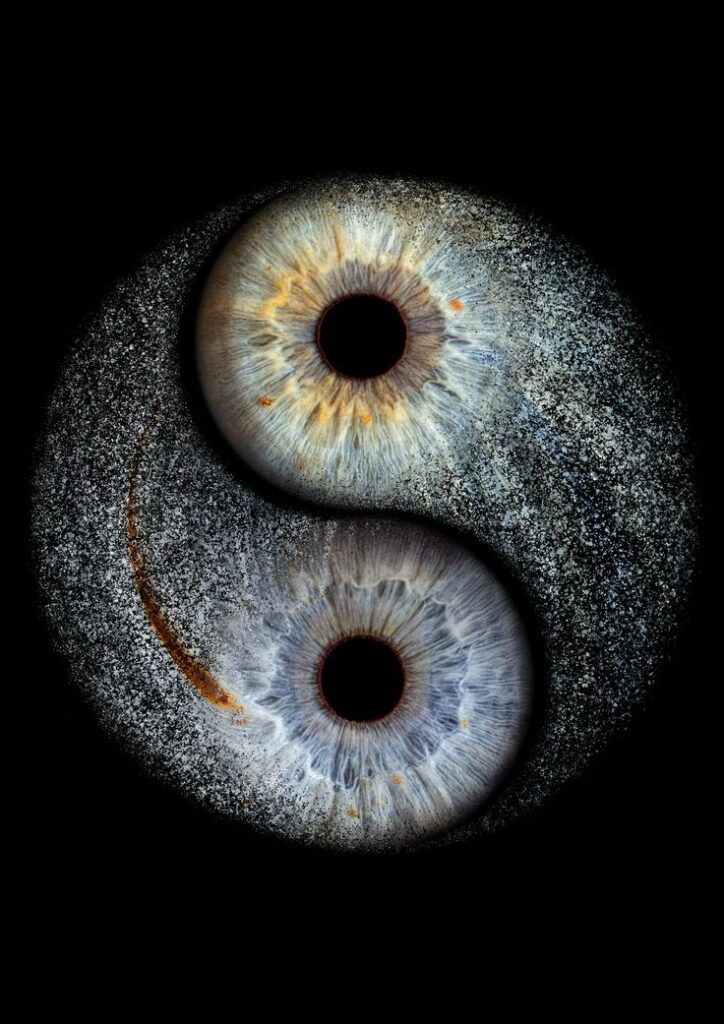Stretching Toward Extremes: An Observation on Humanity’s Thresholds
The world today feels as if it is being stretched thin, pulled toward extremes across every dimension of life. It is as though we are holding our collective breath while standing at the edge of something immense—both terrifying and full of possibility. On one side, we see breathtaking technological progress, and on the other, ecosystems unraveling under the pressure of human activity. We scroll through endless feeds of political division, while inside many of us oscillate between overstimulation and burnout. Fashion challenges traditional categories of gender while machines take on increasingly human qualities, blurring the very boundaries we once thought defined us. These shifts may seem unrelated, but they are deeply interconnected. They are mirrors reflecting not only our resilience and ingenuity, but also our fragmentation, our trauma, and our longing for wholeness.
The climate crisis is the clearest of these extremes. The Intergovernmental Panel on Climate Change (IPCC), in its 2021 Sixth Assessment Report, confirms with overwhelming evidence that extreme weather events are becoming more frequent and more severe. Floods, wildfires, and heatwaves that were once rare now unfold with unsettling regularity. But the impact is not only material. There is a psychological dimension: the compression of time. Disasters that once seemed generational now arrive within years. The seasons blur, the calendar feels accelerated, and urgency becomes the new atmosphere. Many describe the sensation of time rushing forward, as if the future is no longer distant but pressing against the present moment.
Technology reflects a similar stretching. Artificial intelligence and robotics advance at exponential speeds, transforming industries and daily life. Yet what is striking is not only the progress, but what it reveals about us. In their 2016 article in Trends in Cognitive Sciences, Evan Risko and Sam Gilbert describe the phenomenon of “cognitive offloading”—our tendency to outsource thinking and memory into tools and devices. Smartphones are not just accessories; they have become external parts of our minds. In this light, AI may be more than an invention—it may be a mirror of our coping strategies, an attempt to manage overwhelming complexity by externalizing parts of ourselves. But we must ask: are machines the result of our adaptive intelligence, or are they the manifestation of our growing separation from nature and from our embodied experience?
Culture too carries this tension. In fashion and identity, we see the rise of androgyny, a fluid blending of masculine and feminine, traditional and experimental. Robotics blurs another line, between organic and artificial. Both challenge binaries, both invite freedom, yet both can also reflect disconnection. Psychiatrist Bessel van der Kolk, in his groundbreaking book The Body Keeps the Score (2014), reminds us that trauma often leads to dissociation: the fragmentation of the self into parts when the whole feels unbearable. If individuals dissociate to survive, could cultures dissociate too? Could our experiments in identity and aesthetics be both liberating expressions of possibility and symptoms of a deeper fragmentation from embodied presence?
History suggests that extremes do not last in one direction. They swing back, like a pendulum. Political movements, economic cycles, and even personal healing journeys follow this rhythm. In trauma therapy, what is repressed returns until it is integrated. The pendulum of history is no different: what is unresolved resurfaces until it is faced. The question is whether we meet the swing with fear or with intention. Without awareness, the pendulum can collapse into chaos. With awareness, it can catalyze transformation.
Science warns us of thresholds beyond which systems reorganize irreversibly. In 2019, Tim Lenton and colleagues published a landmark paper in Nature, outlining climate “tipping points”—such as the collapse of polar ice sheets or the Amazon rainforest—that could trigger self-reinforcing changes in the Earth system. These warnings resonate with what we know from psychology. Trauma too has tipping points, thresholds after which the nervous system reorganizes. Sometimes this means breakdown, but sometimes it means breakthrough. Systems, whether ecological or human, often reorganize when stretched to their limits. Collapse is possible, but so is renewal.
This brings us to love. Not love as sentimentality, but love as the force of integration. Love is what reunites what has been separated—body and mind, self and other, humanity and nature. Meeting extremes with fear leads to further fragmentation. Meeting them with love transforms them into thresholds of renewal. This is not abstract. It is practical. Love in action means integrating trauma rather than dissociating from it. It means designing technologies that enhance human wholeness rather than replace it. It means grounding cultural fluidity in embodied presence. It means transforming climate urgency into reverence and stewardship.
The point of no return, then, is not only ecological or technological. It is existential. It is present in every choice we make now—individually and collectively. Each act of fear accelerates fragmentation. Each act of love moves us toward integration. The pendulum will always swing. The question is not whether change will come, but whether we will allow its motion to destroy us or to transform us.
We are living at the thresholds of extremes, but perhaps extremes are not only crises. Perhaps they are mirrors showing us both our wounds and our possibilities. The invitation is to see the stretching of our time not only as a sign of collapse, but as a call to intention, to courage, and above all to love.
👉 TAKE PART in the conversation visit my LinkedIn page.

Attention in its highest forms is Love.


Leave a Reply